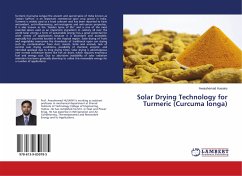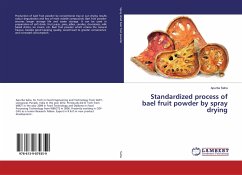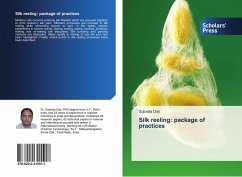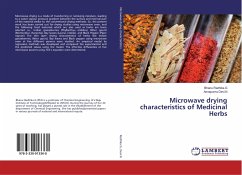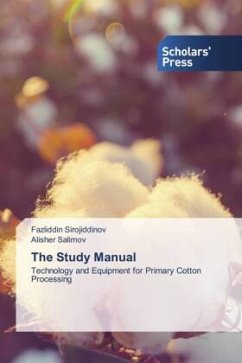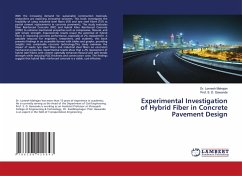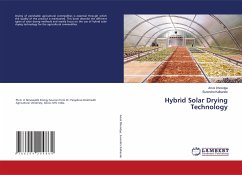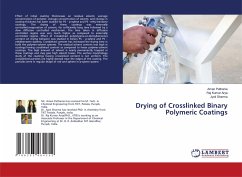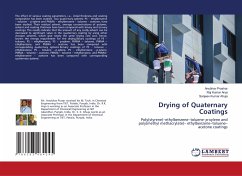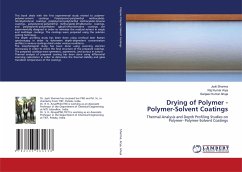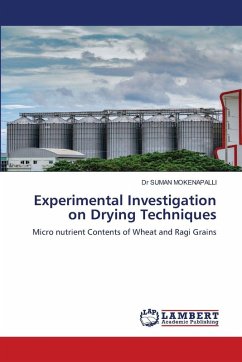
Experimental Investigation on Drying Techniques
Micro nutrient Contents of Wheat and Ragi Grains
Versandkostenfrei!
Versandfertig in 6-10 Tagen
56,99 €
inkl. MwSt.

PAYBACK Punkte
28 °P sammeln!
An experimental study on comparing tray and fluidized bed drying of wheat and ragi found that fluidized bed dryers are superior to tray dryers, offering faster drying times, higher drying rates, and more effective preservation of nutritional qualities for both grains. Fluidized bed drying is close contact between the material and heated air at lower temperatures for a shorter period minimizes nutrient loss and physical/chemical changes. The drying process can affect the nutritional value of both wheat and ragi. High temperatures can degrade heat-sensitive vitamins like vitamins C&B potentially...
An experimental study on comparing tray and fluidized bed drying of wheat and ragi found that fluidized bed dryers are superior to tray dryers, offering faster drying times, higher drying rates, and more effective preservation of nutritional qualities for both grains. Fluidized bed drying is close contact between the material and heated air at lower temperatures for a shorter period minimizes nutrient loss and physical/chemical changes. The drying process can affect the nutritional value of both wheat and ragi. High temperatures can degrade heat-sensitive vitamins like vitamins C&B potentially denature proteins, reducing their digestibility. Conversely, controlled drying at moderate temperatures can help preserve these nutrients. Fluidized bed drying is better at preserving the nutritional properties of grains, leading to less nutrient loss compared to tray drying. For ragi, fluidized bed drying can lead to quality enhancement, including higher protein content and better digestibility. These findings suggest that farmers and food processors can benefit from using fluidized bed dryers to dry wheat and ragi, resulting in more nutrient-dense products and faster processing times



